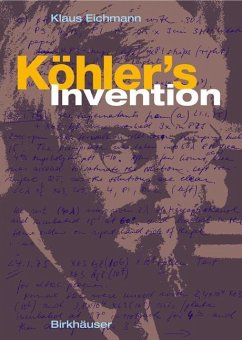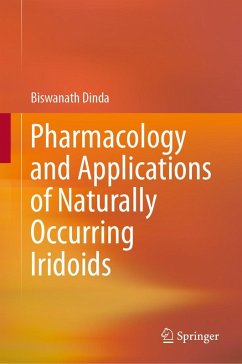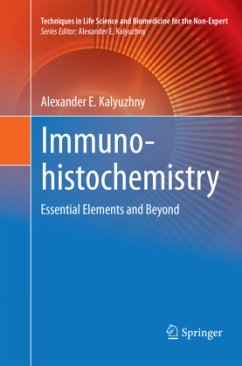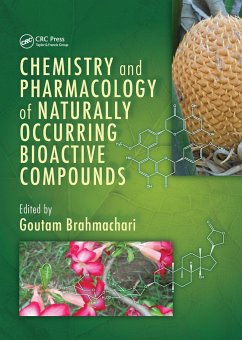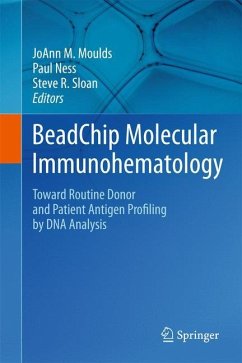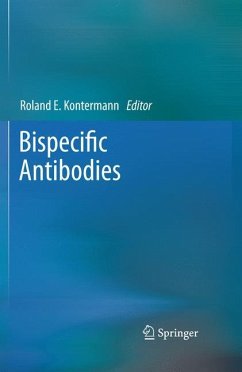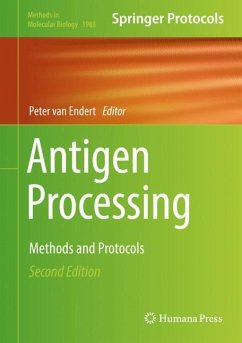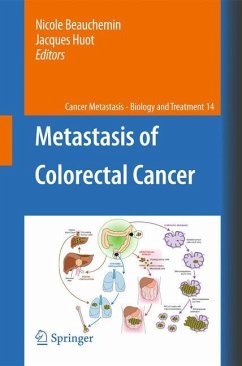
Naturally Occurring Antibodies (NAbs)

PAYBACK Punkte
57 °P sammeln!
This volume illustrates the functional properties of NAbs. Authors from pioneering groups report in their chapters on the tissue homeostatic, tissue regenerating and regulatory properties of NAbs and NAbs in pooled human IgG. Scientists interested in the regulation and modulation of components of the immune system found a whole variety of NAbs to cytokines with regulatory and protective functions and NAbs that modulate, e.g., dendritic cells, regulatory T cells, B cells and granulocytes. Considering the large plasma pools and initial difficulties in preparing IVIG that does not induce adverse ...
This volume illustrates the functional properties of NAbs. Authors from pioneering groups report in their chapters on the tissue homeostatic, tissue regenerating and regulatory properties of NAbs and NAbs in pooled human IgG. Scientists interested in the regulation and modulation of components of the immune system found a whole variety of NAbs to cytokines with regulatory and protective functions and NAbs that modulate, e.g., dendritic cells, regulatory T cells, B cells and granulocytes. Considering the large plasma pools and initial difficulties in preparing IVIG that does not induce adverse effects upon infusion into recipients, this volume ends with a historical chapter on how pooled human plasma was fractionated and the IgG component pretreated for a safe intravenous application.






